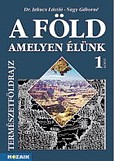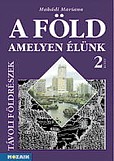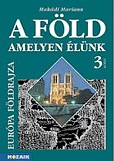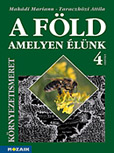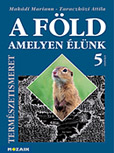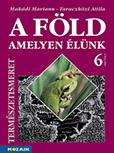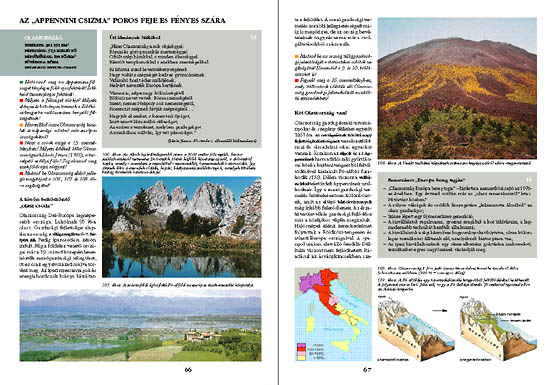|
|
The book series of MOZAIK Publishing
House, entitled The Earth We Live On has been prepared for 4. to 10.
class. Its teaching material is aimed at all the school years in which the
foundation and elaboration of geography and environmental studies take
place in the Hungarian education system, which is undergoing serious The books render a full range of teaching material for the students and thorough methodological and professional expertise. The study books cover a wide range of material: not only the material to be studied in a strict sense, but versatile didactic possibilities as well, which fulfil the requirements of different age groups, abilities and the teachers' expectations too. Besides the teaching material there is a strong methodological aspect to these books. The book is not divided into traditional lessons, but to chapters and subchapters of different length as it seems most logical for the different topics. The core text of the book is made more colourful with the addition of questions, tests, illustrations and pictures. This construction makes it possible for people with different time allowance and skills to use the book as well. Although the spread of information is enormous these days, the book tries to render a coherent notion of the world. The idea of environmental awareness and that of the unified Europe are strongly present in the books. Besides, the social-economic development is also introduced, which Hungary is part of as well. The workbooks offer a wide range of material, which helps student to have a deeper knowledge; there are additional exercises and tests as well. These tests make students think over what they have learnt and how they can apply what they have learnt. The exam papers make it possible to measure the amount of knowledge gained and they also make it possible for the teacher to decide how much the students can apply the learnt facts. There are additional syllabi and suggestions for curricula, so that schools may plan their own curricula and the teaching process. The additional materials help teachers in their day-to-day work. The topic of the books and the construction of each chapter are based on the same principles. The students are guided from the acquisition of general knowledge to individual characteristics in the course of the learning process. In environmental studies the children are introduced to the home and its environment in their complexity, and then this knowledge is extended to the introduction of the typical regions of the country. The aim is to show children the complex relationship between living beings and their environment. All this is done from the perspective of people who live in and from nature. Geography, which is built on the knowledge of the environment, introduces children to universal phenomena as well as local events. The teaching material prepares foundation for natural geography, then expands this knowledge to the relationship between the environment and society, and finally, it emphasises the relationship between society and economy. It does not wish to give a full picture about different parts of the world and countries, as facts are changing so fast in our times. Instead, it wishes to make children understand why regions, and natural phenomena are the way they are experienced by people. Besides, there is an attempt to show how people living in different regions keep their traditions in their lifestyles, in their production, or how these keep changing with time. The books thoroughly analyse the system of the relationship between landscape and society. The organising principle is the construction of characteristics of parts of the world and their position in geographical regions. For instance, the framework for the introduction of the environmental and geographical characteristics of Hungary is based on the natural features of the Carpathian basin and the influence of social changes on it. Naturally, these days children can only learn about regions shaped by human hands. However, they have to know how these changes were carried out, because they can only understand the changes of today and their effect on nature. According to the principles of book
series a study book is not a book to be disliked by students, but a book,
which tries to be instructive as well as informative, and the text,
pictures and illustrations should grasp children's attention, so that
they will want to explore further to gain more knowledge.
|

